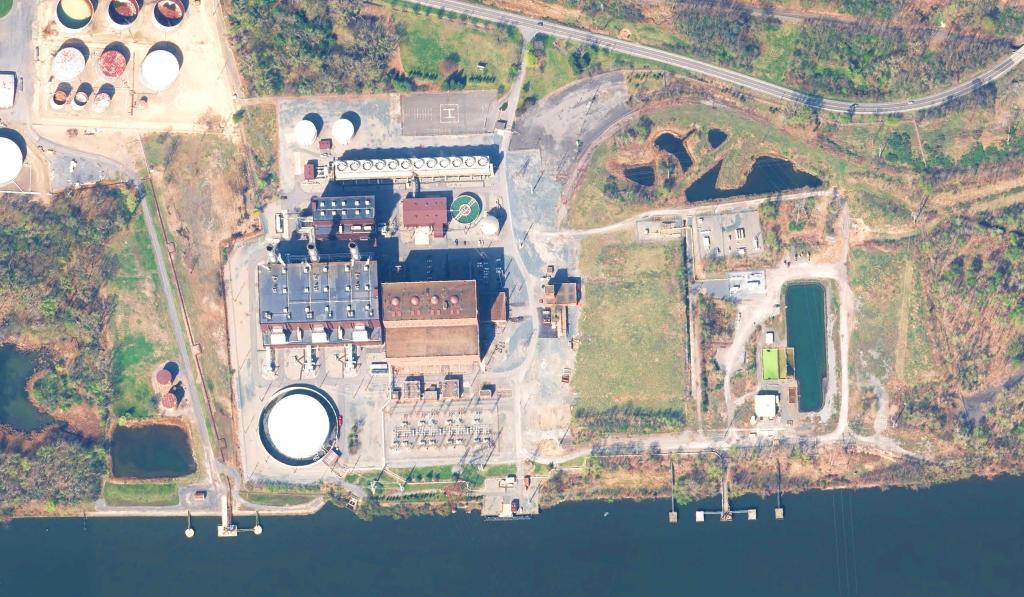The fastest growing form of suburban sprawl over the next ten years is not likely to be shopping mauls, tract housing, or apartment complexes. Instead it’s likely to be the acres and acres of industrial solar facilities that are popping up everywhere. Some of it will be forest land chopped down and some of it will be farm land – although most will be either low quality brushy abandoned farmlands or low quality pasture and hay grounds – as they are the most affordable to develop.
Now the greenies may want you to believe that industrial solar facilities have zero impact on the land or that they may be a net improvement. I don’t know, they certainly impact the scenic characteristics of the land by developing it. Wildlife habits will be altered as will land cover. But on the flip side, solar farm development has a limited impact on compaction and damage to the soil – compared to most housing, commercial or industrial development. A solar farm ripped up, grounds tilled, fertilized and seeded after a few years probably could be largely restored as the marginal ag land or forest land they once were. Solar farms keep the land in the hands of relatively few owners which makes it easier to return to farm land or forest lands when the time comes.
I think there is a lot of wishful thinking about solar panel recycling. Yes, there are some interesting research going on but anybody who is serious knows what is going to happen to most solar panels when they are discarded – useful parts will be sold on the second hand market to other more marginalelectric companies, off-gridders and the third world. Copper wire and transformers are valuable at scrap yards. Even smaller parts like blocking diodes are likely in some cases to be resold. The I beams and racks have value on the scrap yard. Most broken or worn out panels are likely to be smashed and landfilled at construction and debris landfills, but with their aluminum frames salvaged as scrap metal. Probably there is a lot less glass and debris in the panels once they are crushed. Concrete pads and footings might be landfilled or pulverized and used as beneficial fill depending on low conditions.
I was reading that a lot of farmers actually like these mega-solar facilities despite consumption of land that produces feed. If anything, removing marginal land off the market might increase commodity prices. In many cases the solar companies aren’t buying the land but leasing it as tenants, usually with an agreement to remove the panels and frames once they are no longer useful. If the solar companies abandon the facilities, there is still a lot of scrap metal from the panels, mounting platforms, and wire that can be sold, and panels can provide power on farm or be sold. And solar facilities don’t care about the smell of manure or smoke, the noise of tractors or cattle, they don’t run their ATVs in farmers fields. And they aren’t necessarily permanent. They can be removed, scrapped and hauled to landfills and land largely restored.
My criticism over the industrial solar facilities is I’m not sure how really valuable they are as a climate solution or improving the environment. I think they are oversold compared to the amount of energy they put into the grid, they’re impacts on scenic beauty, open space and the environment downplayed. They are taking tens of thousands of acres – maybe soon hundreds of thousands of acres and turning it into industrial electricity generating facilities while having a fairly minor impact on the grid and carbon emissions. For something that is largely duplicate of the fossil plants that generate energy with far lower environmental footprint.
